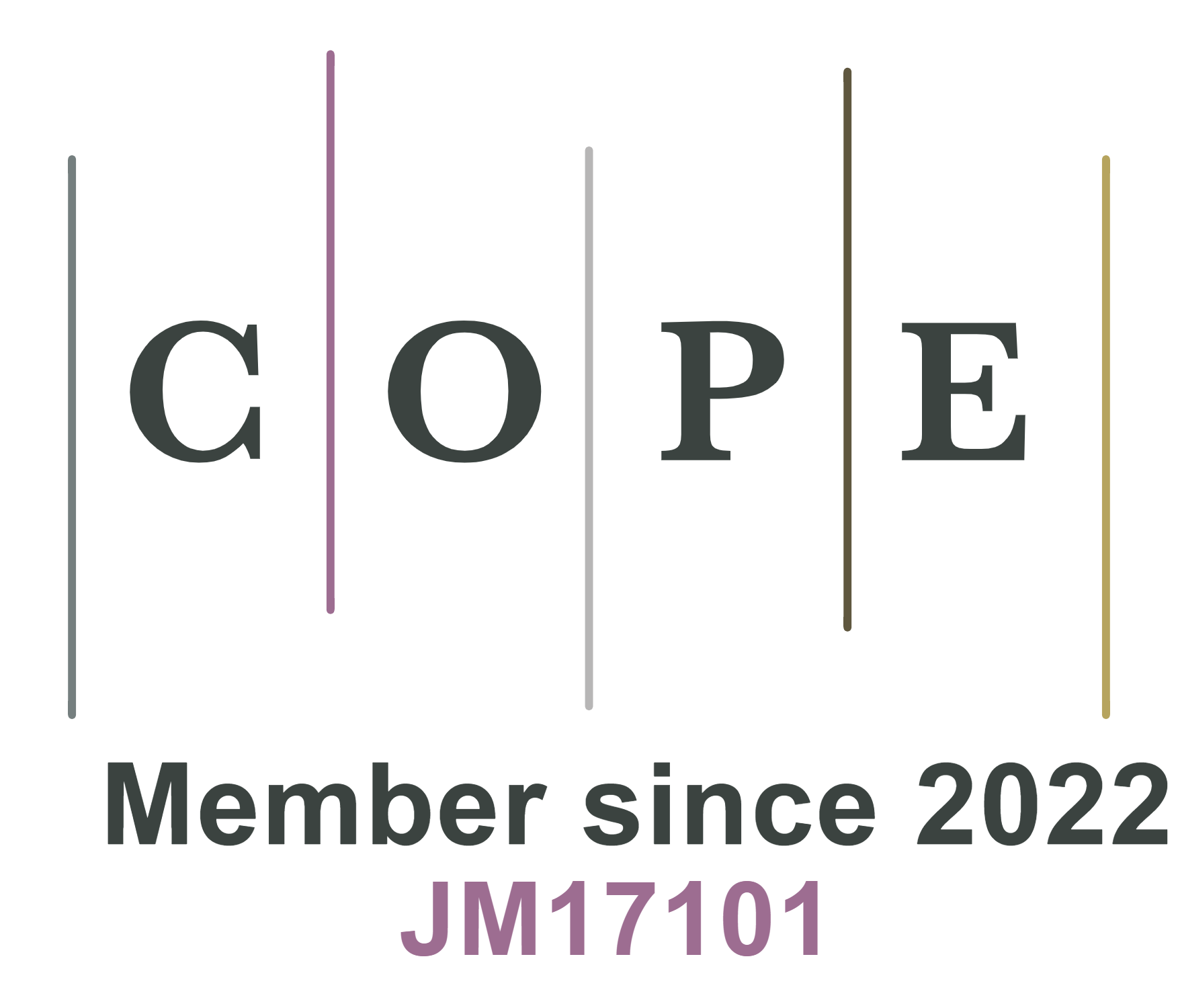REFERENCES
1. Chen H, Cong TN, Yang W, Tan C, Li Y, Ding Y. Progress in electrical energy storage system: a critical review. Prog Nat Sci 2009;19:291-312.
2. Johansson TB, Burnham L. Renewable energy: sources for fuels and electricity. 1994. Available from: https://www.researchgate.net/publication/37402581_Renewable_Energy_Sources_for_Fuels_and_Electricity [Last accessed on 8 August 2023].
3. Yang Y, Bremner S, Menictas C, Kay M. Battery energy storage system size determination in renewable energy systems: a review. Renew Sustain Energy Rev 2018;91:109-25.
4. Fan K, Ying Y, Lin Z, Tsang YH, Huang H. Building up an “elemental property - adsorption energy descriptor - decomposition barrier” three-tier model for screening biatom catalysts in sodium-sulfur batteries. Adv Energy Mater 2023;13:2370110.
5. Larcher D, Tarascon JM. Towards greener and more sustainable batteries for electrical energy storage. Nat Chem 2015;7:19-29.
6. Sun Y, Liu N, Cui Y. Promises and challenges of nanomaterials for lithium-based rechargeable batteries. Nat Energy 2016;1:16071.
7. Martin G, Rentsch L, Höck M, Bertau M. Lithium market research - global supply, future demand and price development. Energy Stor Mater 2017;6:171-9.
8. Fan K, Tsang YH, Huang H. Computational design of promising 2D electrode materials for Li-ion and Li-S battery applications. Mater Rep Energy 2023:100213.
9. Zou X, Zhang Y. Noble metal-free hydrogen evolution catalysts for water splitting. Chem Soc Rev 2015;44:5148-80.
10. Morales-Guio CG, Stern LA, Hu X. Nanostructured hydrotreating catalysts for electrochemical hydrogen evolution. Chem Soc Rev 2014;43:6555-69.
11. Wang L, Wang L, Zhang L, Liu H, Yang J. Perspective of p-block single-atom catalysts for electrocatalysis. Trends Chem 2022;4:1135-48.
12. Bai Y, Zhang H, Lu X, et al. Self-supported Ru-incorporated NiSe2 for ampere-level current density hydrogen evolution. Chemistry 2023;29:e202300205.
13. Zhu D, Zhang H, Miao J, et al. Strategies for designing more efficient electrocatalysts towards the urea oxidation reaction. J Mater Chem A 2022;10:3296-313.
14. Xu K, Wang L, Xu X, Dou SX, Hao W, Du Y. Two dimensional bismuth-based layered materials for energy-related applications. Energy Stor Mater 2019;19:446-63.
15. Manzeli S, Ovchinnikov D, Pasquier D, Yazyev OV, Kis A. 2D transition metal dichalcogenides. Nat Rev Mater 2017;2:17033.
16. Chhowalla M, Shin HS, Eda G, Li LJ, Loh KP, Zhang H. The chemistry of two-dimensional layered transition metal dichalcogenide nanosheets. Nat Chem 2013;5:263-75.
17. Fan K, Huang H. Two-dimensional host materials for lithium-sulfur batteries: a review and perspective. Energy Stor Mater 2022;50:696-717.
18. Attanayake NH, Thenuwara AC, Patra A, et al. Effect of intercalated metals on the electrocatalytic activity of 1T-MoS2 for the hydrogen evolution reaction. ACS Energy Lett 2017;3:7-13.
19. Chen Z, Leng K, Zhao X, et al. Interface confined hydrogen evolution reaction in zero valent metal nanoparticles-intercalated molybdenum disulfide. Nat Commun 2017;8:14548.
20. Kwon IS, Kwak IH, Abbas HG, et al. Intercalation of aromatic amine for the 2H-1T′ phase transition of MoS2 by experiments and calculations. Nanoscale 2018;10:11349-56.
21. Wu L, Dzade NY, Yu M, et al. Unraveling the role of lithium in enhancing the hydrogen evolution activity of MoS2: intercalation versus adsorption. ACS Energy Lett 2019;4:1733-40.
22. Zhao X, Song P, Wang C, et al. Engineering covalently bonded 2D layered materials by self-intercalation. Nature 2020;581:171-7.
23. Fan K. Theoretical investigation of two-dimensional materials as promising electrode materials for Li-ion and Li-S batteries. 2022. Available from: https://theses.lib.polyu.edu.hk/handle/200/11777 [Last accessed on 8 August 2023].
24. Kresse G, Furthmüller J. Efficient iterative schemes for ab initio total-energy calculations using a plane-wave basis set. Phys Rev B 1996;54:11169.
25. Perdew JP, Burke K, Ernzerhof M. Generalized gradient approximation made simple. Phys Rev Lett 1996;77:3865.
26. Grimme S. Semiempirical GGA-type density functional constructed with a long-range dispersion correction. J Comput Chem 2006;27:1787-99.
27. Tang W, Sanville E, Henkelman G. A grid-based Bader analysis algorithm without lattice bias. J Phys Condens Matter 2009;21:084204.
28. Henkelman G, Uberuaga BP, Jónsson H. A climbing image nudged elastic band method for finding saddle points and minimum energy paths. J Chem Phys 2000;113:9901-4.
29. Nosé S. A unified formulation of the constant temperature molecular dynamics methods. J Chem Phys 1984;81:511-9.
30. Fan K, Ying Y, Li X, Luo X, Huang H. Theoretical investigation of V3C2 MXene as prospective high-capacity anode material for metal-ion (Li, Na, K, and Ca) batteries. J Phys Chem C 2019;123:18207-14.
31. Fan K, Ying Y, Luo X, Huang H. Monolayer PC5/PC6: promising anode materials for lithium-ion batteries. Phys Chem Chem Phys 2020;22:16665-71.
32. Nørskov JK, Bligaard T, Logadottir A, et al. Trends in the exchange current for hydrogen evolution. J Electrochem Soc 2005;152:J23.
33. Ying Y, Fan K, Qiao J, Huang H. Rational design of atomic site catalysts for electrocatalytic nitrogen reduction reaction: one step closer to optimum activity and selectivity. Electrochem Energy Rev 2022;5:6.
34. Mouhat F, Coudert FX. Necessary and sufficient elastic stability conditions in various crystal systems. Phys Rev B 2014;90:224104.
35. Ying Y, Fan K, Luo X, Qiao J, Huang H. Transition metal-tetracyanoquinodimethane monolayers as single-atom catalysts for the electrocatalytic nitrogen reduction reaction. Mater Adv 2020;1:1285-92.
36. Fan K, Ying Y, Luo X, Huang H. Nitride MXenes as sulfur hosts for thermodynamic and kinetic suppression of polysulfide shuttling: a computational study. J Mater Chem A 2021;9:25391-8.
37. Ying Y, Lin Z, Huang H. “Edge/basal plane half-reaction separation” mechanism of two-dimensional materials for photocatalytic water splitting. ACS Energy Lett 2023;8:1416-23.
38. Xie LM. Two-dimensional transition metal dichalcogenide alloys: preparation, characterization and applications. Nanoscale 2015;7:18392-401.
39. Zhang X, Lai Z, Ma Q, Zhang H. Novel structured transition metal dichalcogenide nanosheets. Chem Soc Rev 2018;47:3301-38.
40. Guan Z, Ni S, Hu S. Tunable electronic and optical properties of monolayer and multilayer janus MoSSe as a photocatalyst for solar water splitting: a first-principles study. J Phys Chem C 2018;122:6209-16.
41. Enyashin AN, Yadgarov L, Houben L, et al. New route for stabilization of 1T-WS2 and MoS2 phases. J Phys Chem C 2011;115:24586-91.
42. Tang Q, Jiang DE. Stabilization and band-gap tuning of the 1T-MoS2 monolayer by covalent functionalization. Chem Mater 2015;27:3743-8.
43. Chia X, Ambrosi A, Lazar P, Sofer Z, Pumera M. Electrocatalysis of layered group 5 metallic transition metal dichalcogenides (MX2, M = V, Nb, and Ta; X = S, Se, and Te). J Mater Chem A 2016;4:14241-53.
44. Lin L, Sherrell P, Liu Y, et al. Engineered 2D transition metal dichalcogenides - a vision of viable hydrogen evolution reaction catalysis. Adv Energy Mater 2020;10:1903870.
45. Kwak IH, Kwon IS, Abbas HG, et al. Intercalated complexes of 1T′-MoS2 nanosheets with alkylated phenylenediamines as excellent catalysts for electrochemical hydrogen evolution. J Mater Chem A 2019;7:2334-43.
46. Ying Y, Fan K, Luo X, Huang H. Predicting two-dimensional pentagonal transition metal monophosphides for efficient electrocatalytic nitrogen reduction. J Mater Chem A 2019;7:11444-51.
47. Ying Y, Fan K, Luo X, Qiao J, Huang H. Unravelling the origin of bifunctional OER/ORR activity for single-atom catalysts supported on C2N by DFT and machine learning. J Mater Chem A 2021;9:16860-7.
48. Rothenberg G. Catalysis: concepts and green applications. Hoboken, NJ: John Wiley & Sons; 2017.
49. Seh ZW, Kibsgaard J, Dickens CF, Chorkendorff I, Nørskov JK, Jaramillo TF. Combining theory and experiment in electrocatalysis: insights into materials design. Science 2017;355:eaad4998.
50. Ying Y, Fan K, Zhu S, Luo X, Huang H. Theoretical investigation of monolayer RhTeCl semiconductors as photocatalysts for water splitting. J Phys Chem C 2020;124:639-46.









